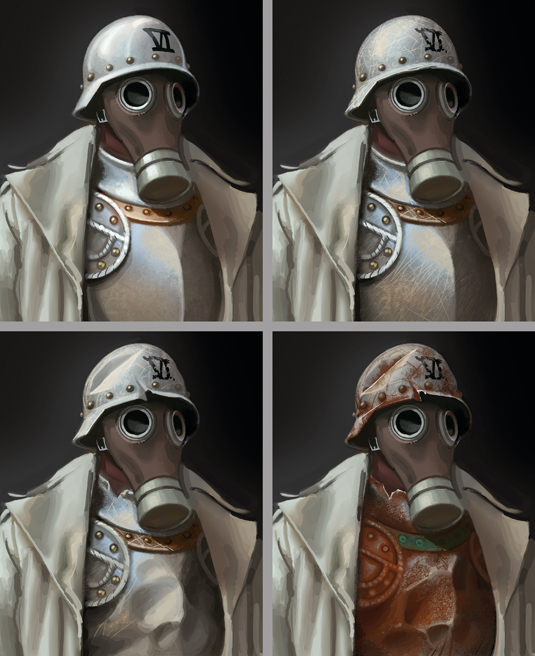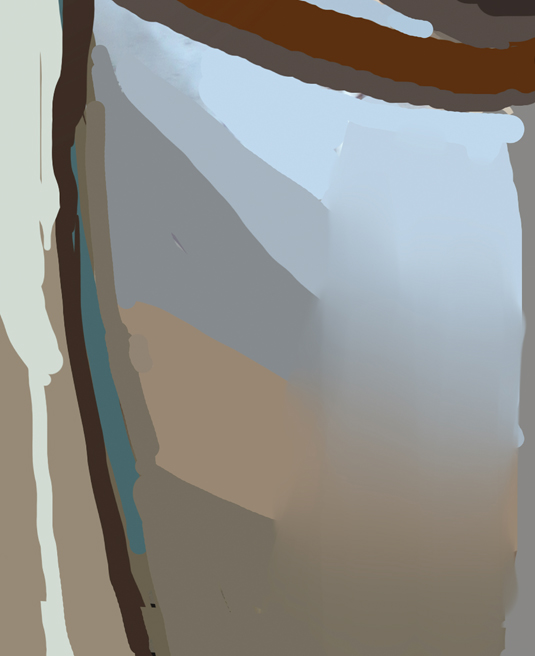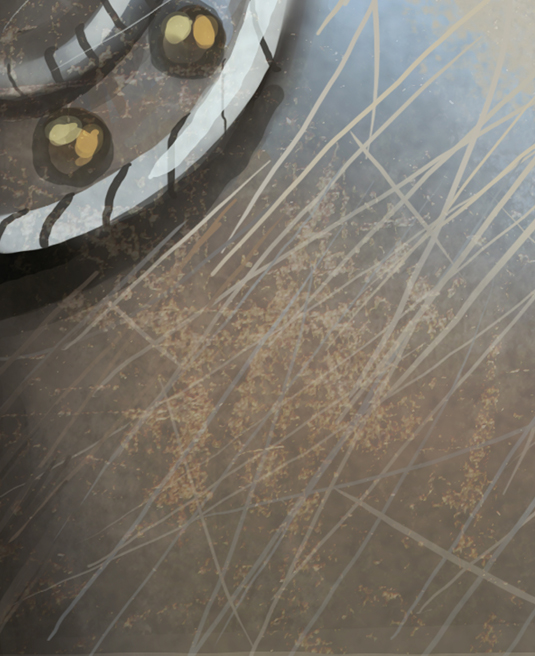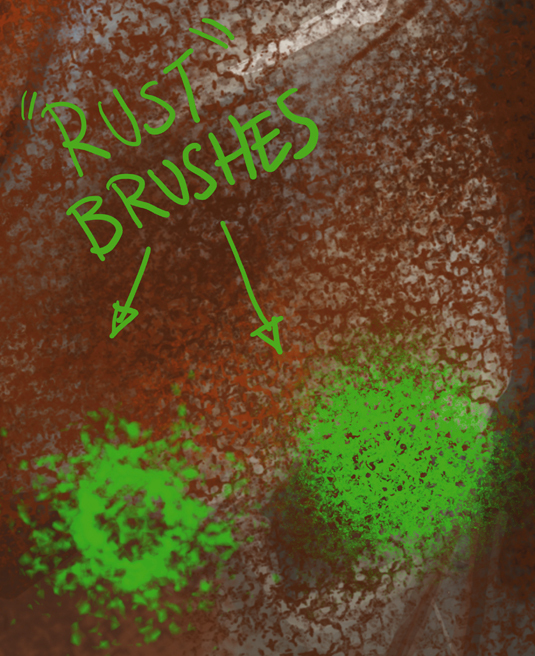5 great tips for painting metal surfaces
Metal reflects a lot of light, so it's tricky to get right. Follow these five key tips to make your 3D metallic surfaces realistic.

Words: Paco Rico Torres
There are many different kinds of metal, but there are some characteristics that are common to most of them. First off, metal is hard, so try to represent that hardness. The silhouette of a metallic piece should be clean and sharp - don’t use soft brushes when you are painting metallic edges, and whenever you are painting a metallic object keep its shape defined.
When metal is clean, it reflects a lot of light. Think of it as a steamy mirror: it reflects the surrounding colours and main sources of light, but you can’t see things or people reflected on it clearly. The more polished the metal is, the more similar it is to a mirror.
Show your metal
There are many factors that can affect the look of a metal surface. Maybe the most common are scratches, dents, and rust. Scratches are basically small imperfections on the surface that reflect the light in a different direction, so they can be depicted as white lines in the highlights, but they should be almost imperceptible in the shadows.
A dent is basically a scratch but much bigger, and rust can easily be painted by using textured brushes.
01. How to create a dull metal surface

When creating a dull metal surface, I try to keep the object’s silhouette solid and sharp, and depict the reflections of light and colour as realistically as possible. To achieve a nice hard metallic surface, I try to paint it as smoothly as I can across the object. I use blending tools (like the Water brush in PaintTool SAI) for that purpose - they work quite well.
02. How to paint scratches

To paint scratches, I simply reduce the amount of shine of the metal, and apply some texture (a photo, for example) in an Overlay layer. Then I paint lots of white lines. Remember that the scratches are visible mainly because they reflect light, so in shadows they shouldn’t be visible. Also try to paint them in areas likely to be scratched, not all over the place.
Daily design news, reviews, how-tos and more, as picked by the editors.
03. How to paint a dented metal surface

To paint a dented metal surface, you have to first consider where the light is coming from and paint it accordingly. Also, the shape of the dent itself is also important. Remember that metal is a hard material. When the dent is caused by a sword or some other sharp weapon, you will usually find a scratch in the bottom of the dent, so here you’d paint a white line.
04. How to paint rust

For rust, the key is using a brush with a texture, or a brush composed of many small dots (there are basic brushes in Photoshop CS6 that work well). Simply paint over the metal with three or four different tones of brown and orange, to create a rusty texture. Keep some zones clean to make it more realistic (rust grows faster around edges and scratches).
05. Get ImagineFX magazine!
Our sister title ImagineFX, the world's leading magazine for fantasy and sci-fi digital artists, originally contained the previous four tips - and every month it contains an eclectic mixture of in-depth workshops from the world's best artists, galleries and interviews, features, community news, software and hardware reviews, and the latest sci-fi and fantasy films and comics. You can get a free sample issue here!
Paco Rico Torres is a freelance illustrator living in Spain who has produced art for several card games, magazines, books and roleplaying games.
Now read:
- 20 great examples of print in 3D
- 50 best iPad apps for designers
- 20 best Photoshop plugins

The Creative Bloq team is made up of a group of art and design enthusiasts, and has changed and evolved since Creative Bloq began back in 2012. The current website team consists of eight full-time members of staff: Editor Georgia Coggan, Deputy Editor Rosie Hilder, Ecommerce Editor Beren Neale, Senior News Editor Daniel Piper, Editor, Digital Art and 3D Ian Dean, Tech Reviews Editor Erlingur Einarsson, Ecommerce Writer Beth Nicholls and Staff Writer Natalie Fear, as well as a roster of freelancers from around the world. The ImagineFX magazine team also pitch in, ensuring that content from leading digital art publication ImagineFX is represented on Creative Bloq.
